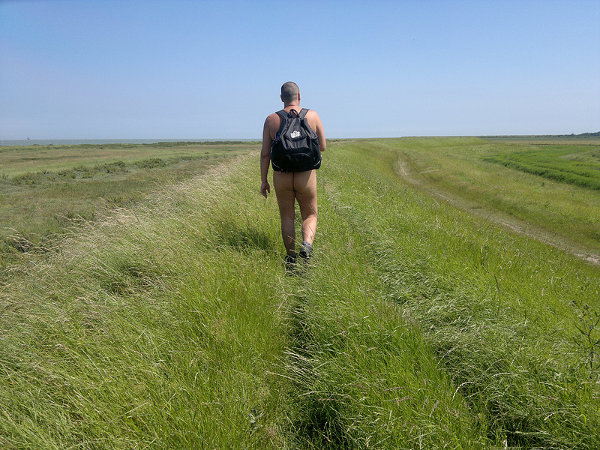Last week my newly adopted home of Washington, D.C. had two back-to-back days of summer in the middle of winter. The first day the temperature reached 78 degrees (when the high is normally 48 degrees). That was a new record. The next day the high was 82 degrees (normally 49 degrees). Not surprisingly, that was a record, too.
People were walking the streets in T-shirts and shorts. Last week’s balmy interlude felt like those late spring days which provide a preview of the summer ahead. Everyone was telling me I had to get outside so I could to take advantage of such great weather—which I did.
But the long walk I took on day one was not a particularly happy one. As most of the rest of the Washingtonians I encountered were experiencing the feel-good part of the feel-good catastrophe called climate change, I was experiencing the catastrophe part.
That’s the problem with the initial phase of climate change in many areas: It feels good. In my longtime home of Michigan, people often commented positively about the increasingly mild winters there (except for the winter sports enthusiasts). How do you explain to people that that good feeling is the harbinger of something really, really bad?
Yes, people say, they know such warm days in winter are not good. But, why not enjoy the weather anyway? They have a point. Still, if the climate is giving so many people feedback that makes them feel better, how will anyone ever take climate change seriously enough?
Now, climate change did little to comfort the people of Texas, Florida and Puerto Rico during the hurricane season last year. But it’s too easy to dismiss those incidents if you don’t actually live where the hurricanes hit. For most of us, climate-change enhanced hurricanes are something that happen to other people.
I was rude enough to suggest to some friends here in Washington that the balmy weather won’t seem so pleasant in the future if malaria and other tropical diseases return to a city that was built on a swamp. Such a killjoy I am!
I am reminded of the boiling frog analogy. Most readers know about the claim that if a frog is put in water and the temperature is increased very gradually, the water can reach the boiling point and kill the frog before it ever reacts. There is no truth to this claim, but it makes for an apt illustration of just what we humans are experiencing. (A college classmate of mine made a film called “How to Boil a Frog” that captured—with a good deal of humor—our grim predicament.)
And, herein lies the crux of our problem. Either we are interpreting the feedback we are getting from our environment in a benign way or we are actively insulating ourselves from our environment (using air-conditioning, for example). If we were forced to wear some contraption that poked each of us in the eye every time some environmentally untoward development surfaced in our community—no matter how pleasant that development might otherwise be—we would quickly band together to reverse the cause of our sore eyes.
Instead, the great mass of humanity will wait until the catastrophes are no longer happening to other people, but are widely distributed around the globe. By then, given the long lag times between the introduction of climate-changing gases into the atmosphere and the warming they cause, we could be beyond the tipping point for effective action. And, we may well be wishing we had strapped on a device that would have poked us in the eye to prod us into immediate and effective action.
The closest we can come to a poke in the eye these days is a price on carbon. There is a push for a carbon tax here in Washington, D.C. And, both Oregon and Washington state are considering putting a price on carbon emissions. California already does so as do several eastern and northeastern states that are part of the Regional Greenhouse Gas Initiative. Quebec is part of a cap and trade scheme. British Columbia has a carbon tax. And, the European Union has a cap and trade system. This is just a partial list.
Though I still think a poke in the eye would make for quicker action on climate change, putting a price on carbon emissions is a good start. It would remind us on a regular basis of the fight we are now in. But carbon emissions programs will have to become much more widespread than they are now and put a much higher price on carbon much sooner if were are to avert a climate catastrophe.
Photo:Walking along the coast. (“Naturism is liberating and its legal,this photo promotes and enhances all the freedoms of walking naked on a hot sunny day”). By theactivistuk (2014). Via Wikimedia Commons.
Nota bene: This is not a photograph of the author (AFAIK)! It is just meant to illustrate his point.






